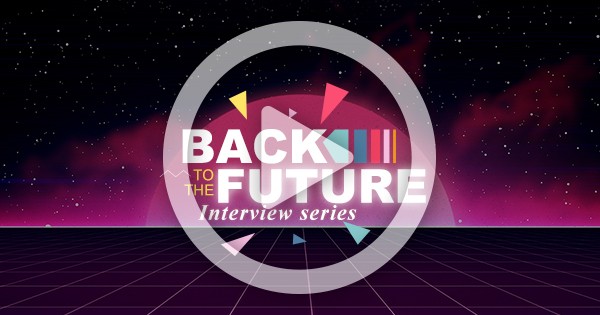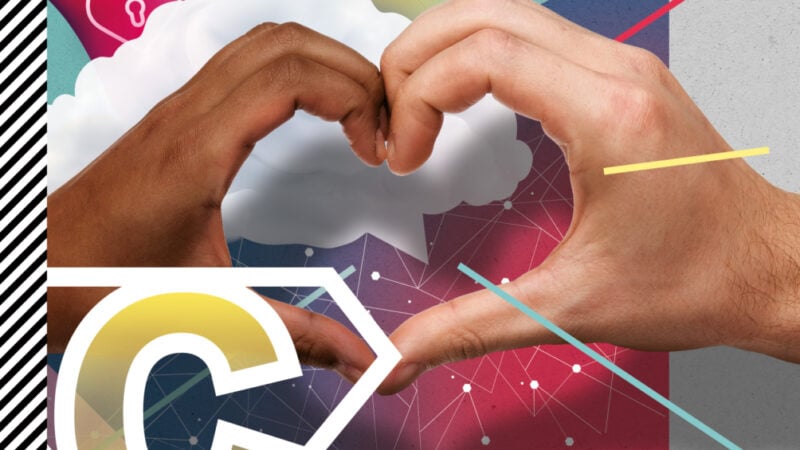Back to the Future with Walter Li (Cathay Pacific Airways)
COVID-19 has changed everyday life in ways that were unthinkable before; it has also challenged research and insights professionals to rethink their long-standing practices and approaches. What is the impact of COVID-19 on how we organize consumer research? What part do DIY research activities play? Is there an increasing need for foresights versus insights?
To answer these and other questions, we connected with our clients for a series of ‘Back to the Future’ interviews, for their take on the future of market research. In this interview, Scott Lee, Managing Partner at InSites Consulting Hong Kong, talked about consumer centricity, the role of creativity and new (online) experiences with Walter Li, Head of Insights at Cathay Pacific Airways.
#1 We’ve never been as consumer-centric as we are now
Q: Have we become more consumer-centric due to the pandemic, and how will we keep this up post-lockdown?
“I would agree with the notion that companies and organizations have become a lot more customer-centric in the last six months. When you have limited resources, you have to prioritize: what’s the most important for the business, and also what does the customer urgently need? So, it’s about finding a good balance between business objectives, business goals and also customer objectives. And that’s what customer centricity should be about. We’ve all been pushed to find agile ways of dealing with that and coming up with really customer-centric solutions, to firstly maintain the business, adding other streams of revenue; and secondly to address our passengers’ concerns about flying in this day and age.
Now, whether this will stay after COVID-19 remains to be seen. But I think what COVID has really done is force everyone to become more customer-centric and some of the things that we have done – some of the learnings that we take away from all of this – are here to stay. But I do feel personally that perhaps some of that rush towards being customer-centric and being really agile will fade out as the virus comes under control. But in general, I think everyone is moving in the direction of being more customer-centric, that’s for sure.”
#2 Creativity as a core capability
Q: Is creativity the number one capability to survive and thrive after a crisis?
“I think in general yes; creativity will be very critical, especially at this point, but also after we control the pandemic. But I would add to that, it’s innovation as opposed to just pure creativity, because the difference between creativity and innovation is the alignment in the intersection between business objectives and customer needs. And being able to execute and scale whatever you come up with in an effective manner.
So whilst creativity is great, coming up with a lot of ideas to address customer concerns in this day and age, and also trying to come up with new business models and experiences for customers post-COVID, how many of those things are really practical once things really return to normal? I think that’s going to force a lot of leaders, people doing research, insights professionals, to really think hard: it’s about the practicality and scalability of the idea as well as the execution.”
#3 Focus on new (online) experiences
Q: How can brands still establish strong consumer relationships in a digital CX-driven culture?
“One of the things that COVID has put a lot of brands in, for us especially as an airline, is that once there’s no travel, there’s zero engagement with your brand. There are zero reasons for people to go on your website and start searching for flights again, because all countries are on lockdown. So how do you stay relevant outside of your own industry? Airlines are trying to do more than just being an airline, more than just being a transport brand. Hotels are trying to do more than just being a hospitality brand, more than just accommodation. So, everyone is trying to play into new fields in order to ensure that they can stay relevant, stay in consumers’ minds
But also, most importantly, it’s to become a very sustainable business if something like this happens again. And whilst we’re all trying to do this, we’re also trying to balance the struggle with finding the right harmony between digitalization and more almost primitive ways of delivering new experiences. Digitalization comes at a huge cost. And so, again, it goes back to prioritization. What is it that you need to digitize? If you take airlines, for example, we talk about touchless surfaces in times of the pandemic. Can you truly afford to digitize everything to that extent? No. So it’s going to be a process, but at least, it’s going to be top of mind how you should plan for that, and how you should prioritize. And start thinking: how do you go beyond your traditional revenue streams and your traditional arena in terms of where you find your customers and engage with them.”
In summary, COVID-19 makes organizations more consumer-centric, smartly balancing consumer needs and consumer objectives. In developing new ways to engage with consumers and deliver relevant experiences in these turbulent times, creativity is important, even beyond industry boundaries. However, ideas should not only be creative, but also practical and scalable to provide true business value.
Hungry for more? Stay tuned as we will release more ‘Back to the Future’ interviews in the coming weeks! Or get in touch to find out how we can guide you to get a grip on the changes impacting categories, consumers and brands across the globe.





